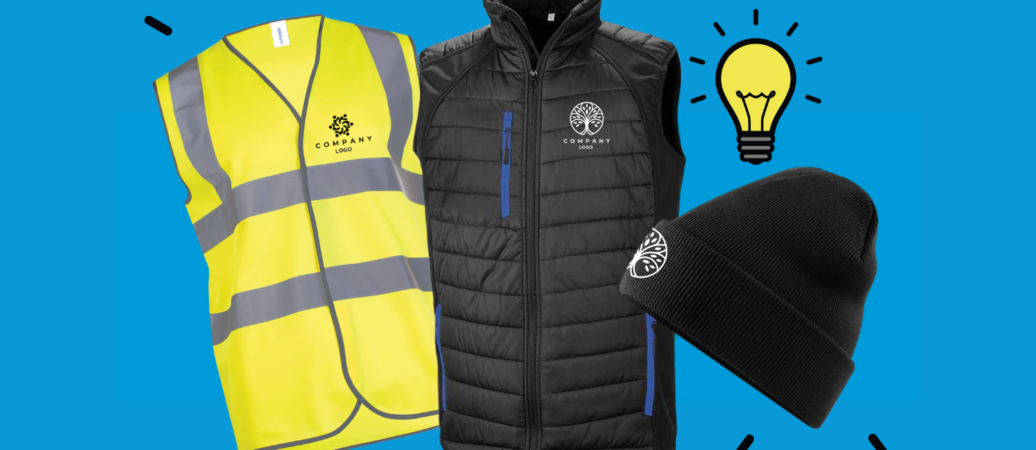Comprehending Apparel: The Value of Material Selections in Your Closet
The selection of fabric in apparel plays a crucial duty in both appearances and functionality. Various materials supply varying degrees of comfort, breathability, and resilience, straight influencing the user's experience. Recognizing these subtleties can boost one's wardrobe noticeably. Lots of overlook just how these selections can influence not simply individual style, however additionally sustainability. What material decisions could redefine your wardrobe and straighten it with both style and duty?
The Role of Fabric in Fashion and Performance

Common Textile Kinds and Their Attributes
When selecting garments, understanding the features of usual textile kinds is essential for making informed selections. Cotton, a widely-used natural fiber, is known for its soft qualities, breathability, and adaptability, making it suitable for laid-back wear and day-to-day garments. Bed linen, one more natural alternative, flaunts superb moisture-wicking residential properties and a distinct texture, ideal for warm climates.Wool, typically favored for its warmth and sturdiness, varies in excellence; merino wool is soft versus the skin, while coarser types are used for outerwear. Artificial textiles like polyester and nylon supply toughness and resistance to creases, making them prominent for activewear and travel garments. Blends, which incorporate synthetic and natural fibers, can improve performance while keeping convenience. By recognizing these material qualities, individuals can select clothing that straightens with their way of living and aesthetic choices.
Breathability and Convenience: Picking the Right Fabrics for Different Environments
Choosing the right textiles for various environments can considerably improve convenience and total wearability. Breathable materials are necessary in warm environments, as they allow air circulation and wetness dissipation. Fabrics such as cotton, bed linen, and moisture-wicking synthetics efficiently attract sweat far from the body, maintaining the user cool and completely dry. Alternatively, in cooler environments, thicker materials like woollen or fleece supply insulation while keeping breathability, making certain heat without overheating.Additionally, the option of material weight plays an important function; light-weight textiles are preferable for summer, whereas heavier alternatives are matched for winter months wear. Understanding the unique homes of each textile allows people to dress properly for differing weather. Ultimately, picking breathable and comfy fabrics tailored to specific environments can substantially improve everyday comfort and boost the general experience of using clothes.
Resilience and Treatment: Just How Fabric Impacts Long Life of Your Closet
Picking the best materials can substantially impact the longevity and care needs of a closet. Fabrics such as cotton and polyester are recognized for their resilience and ease of maintenance, making them ideal for everyday wear. In contrast, fragile products like silk and shoelace call for even more cautious handling and specialized cleaning techniques, which can enhance the time and initiative required for care. Branded Clothing.Durability is likewise affected by the material's weave and coating; snugly woven fabrics have a tendency to stand up to deterioration better than loosely woven alternatives. Furthermore, artificial blends usually give enhanced sturdiness, integrating the very best top qualities of numerous fibers.Understanding the care directions for each textile is important, as inappropriate drying or washing can lead to early wear. Inevitably, selecting long lasting products can lead to a longer-lasting closet, minimizing the regularity of replacements and contributing to a much more lasting fashion choice
The Impact of Textile on Fit and Silhouette

Sustainable Material Selections: Making Eco-Friendly Choices
The effect of textile expands past fit and silhouette to encompass environmental aspects, prompting a growing interest in lasting material choices. Environmentally friendly materials, such as natural cotton, hemp, and Tencel, are getting traction among consumers that prioritize sustainability in their closets. These materials are commonly generated with fewer chemicals and water, decreasing their eco-friendly footprint.Additionally, recycled textiles, made from post-consumer waste, offer a cutting-edge option to the fabric market's air pollution problem. Brands progressively accept transparency in their sourcing approaches, permitting consumers to make enlightened decisions regarding their purchases.Choosing sustainable fabrics not only supports honest methods however additionally encourages the style market to embrace even more responsible production techniques. As awareness of ecological problems climbs, people are advised to assess the long-term effect of their material options, promoting a motion towards a much more environmentally conscious and lasting approach to style.
Elevating Design: Just How Fabric Can Change an Outfit
While numerous may concentrate on shade and cut when choosing a clothing, the choice of textile plays a crucial function in elevating style and improving general look. Different products convey distinctive moods and messages; for example, silk exhibits deluxe and elegance, while jeans offers an informal, loosened up vibe. The appearance and drape of a fabric can dramatically change the silhouette, with structured materials offering a polished appearance and softer ones developing an extra fluid, relaxed aesthetic.Moreover, the weight of the textile affects wearability throughout seasons. Light-weight materials like linen and cotton are optimal for summertime, while larger products such as woollen and velour give heat and sophistication in colder months. Recognizing material properties, such as breathability and stretch, likewise equips individuals to make informed choices that enhance convenience without jeopardizing style. Eventually, the right material can transform a clothing from ordinary to phenomenal, making it an important factor to consider in any wardrobe.
Often Asked Inquiries
Exactly how Do I Identify the Textile Content of My Clothing?
To determine fabric content, one can check out treatment labels, conduct melt examinations for fiber identification, or speak with textile pop over to this web-site swatches. These approaches aid differentiate products, making sure notified options for clothes treatment and upkeep in day-to-day wear.
Can Textile Option Affect My Mood or Self-confidence?
Fabric selection can considerably influence a person's state of mind and confidence. Branded Clothing. Particular materials might evoke sensations of comfort or sophistication, while others can really feel uncomplimentary or limiting, inevitably influencing self-perception and emotional health throughout the day
What Fabrics Are Finest for Delicate Skin?
For individuals with sensitive skin, all-natural textiles like cotton, bed linen, and bamboo are typically advised. These products are breathable, hypoallergenic, and much less likely to trigger irritation, making them ideal selections for comfort and skin wellness.
How Do I Appropriately Laundry and Take Care Of Various Fabrics?
To correctly care and wash for different materials, one must take into consideration each material's particular needs, consisting of temperature level setups, detergents, and drying out approaches, guaranteeing long life and keeping the textile's original top qualities for excellent use.
Exist Specific Fabrics for Athletic or Efficiency Put On?
Sports or efficiency wear frequently utilizes materials such as polyester, nylon, and spandex. These materials are created for moisture-wicking, breathability, and adaptability, boosting movement and convenience throughout exercises while giving durability and assistance. On the other hand, in colder environments, thicker materials like woollen or fleece offer insulation while keeping breathability, making certain heat without overheating.Additionally, the option of fabric weight plays a vital duty; light-weight textiles are preferable for summer season, whereas much heavier options are suited for winter wear. In contrast, delicate materials like silk and shoelace require even more cautious handling and specialized cleaning methods, which can increase the time and initiative required for care.Durability look at this website is likewise influenced by the textile's weave and finish; tightly woven materials tend to withstand wear and tear much better than freely woven options. In contrast, inflexible textiles can limit movement but supply a traditional, sleek look.Moreover, the density and texture of the fabric can influence the aesthetic perception of body form. The impact of material prolongs beyond fit and silhouette to encompass ecological factors, prompting an expanding interest in sustainable material selections. The texture and drape of a textile can substantially change the shape, with organized textiles offering a refined appearance and softer ones producing an extra fluid, loosened up aesthetic.Moreover, the weight of the material affects wearability throughout seasons.